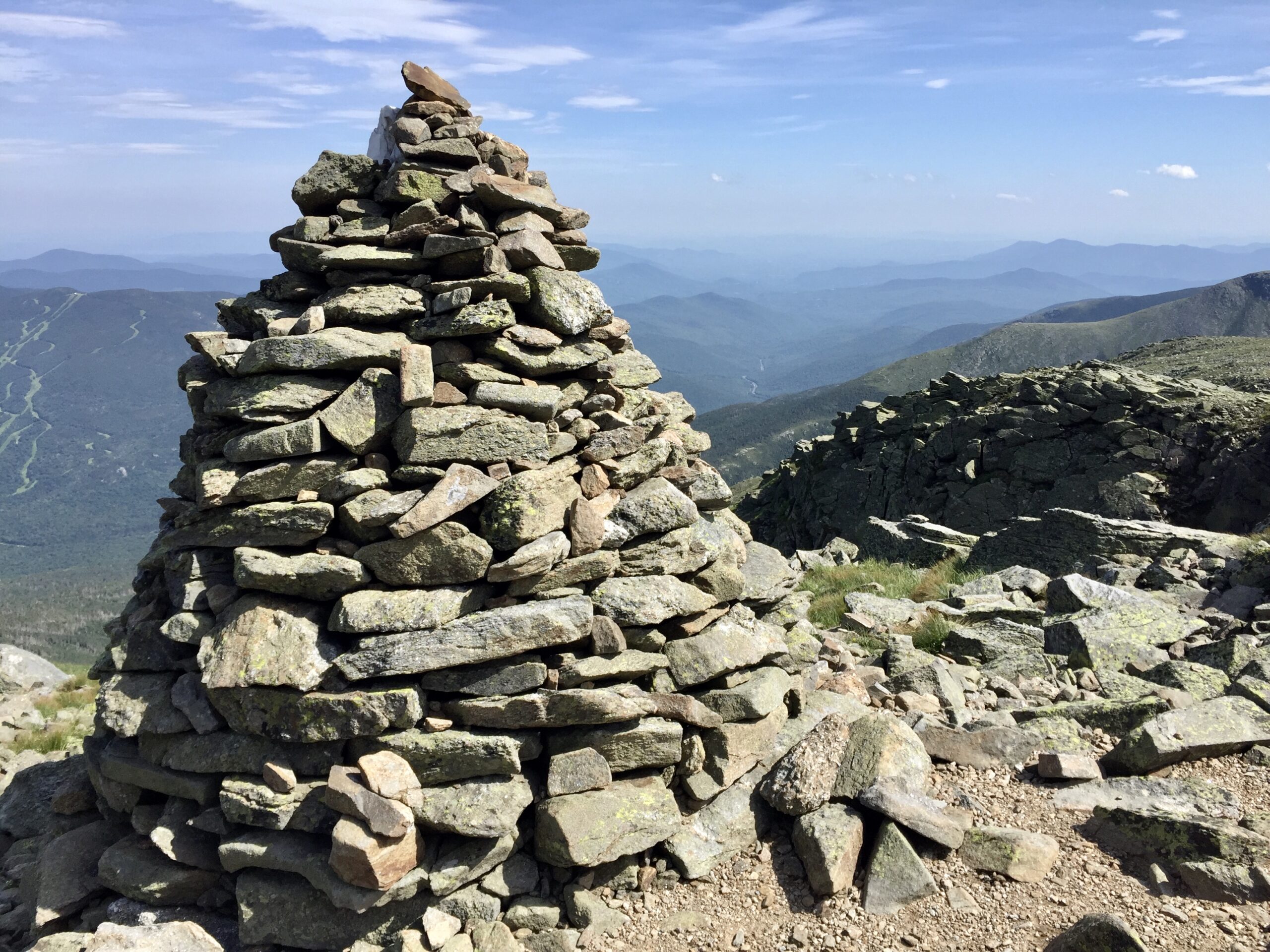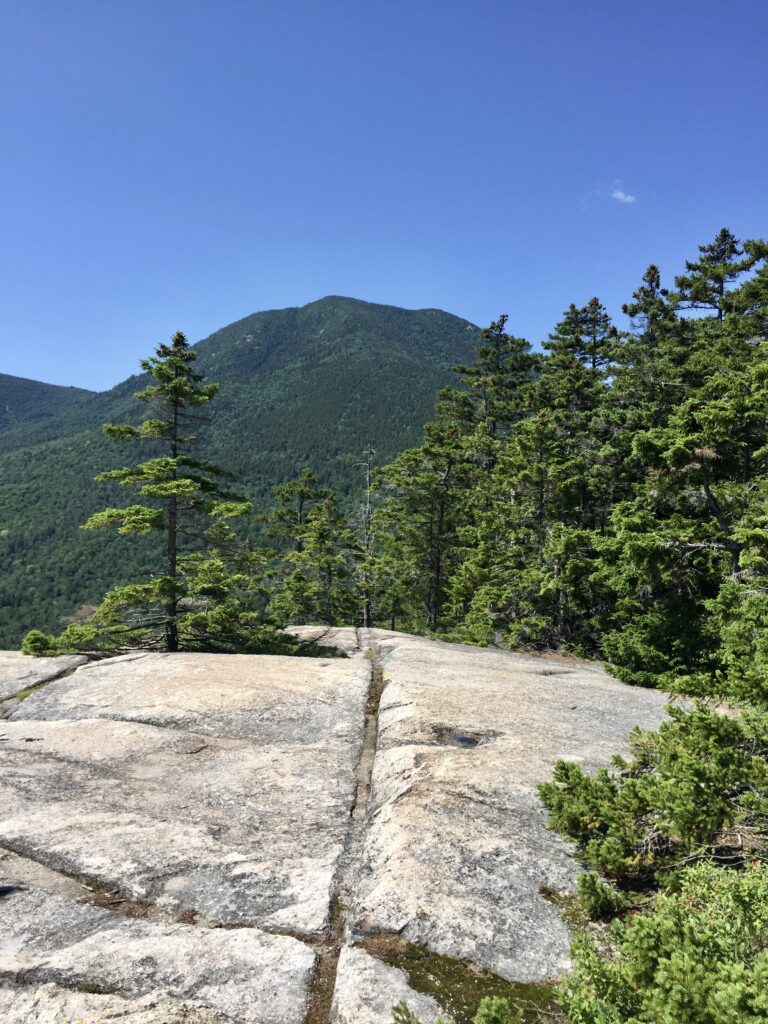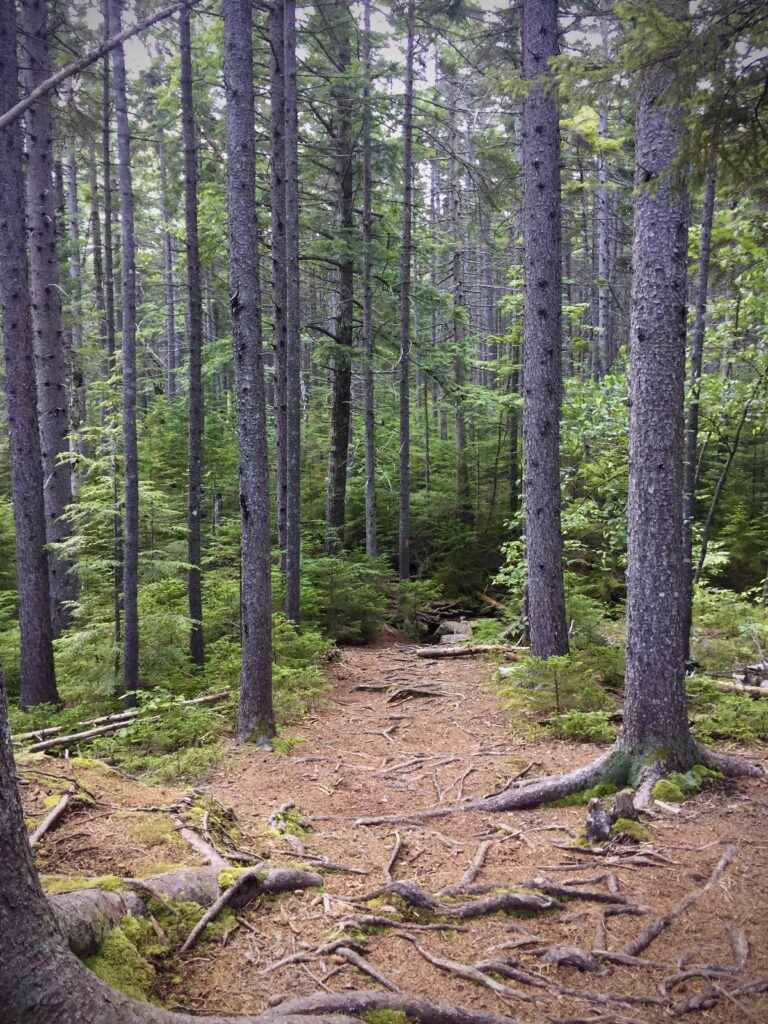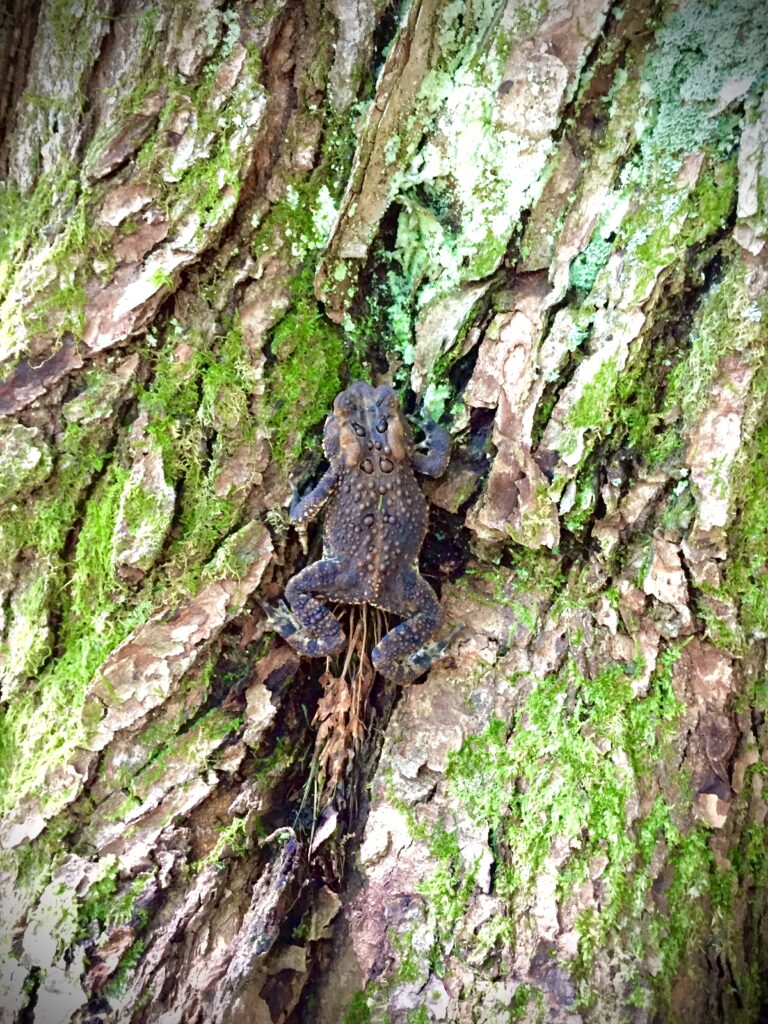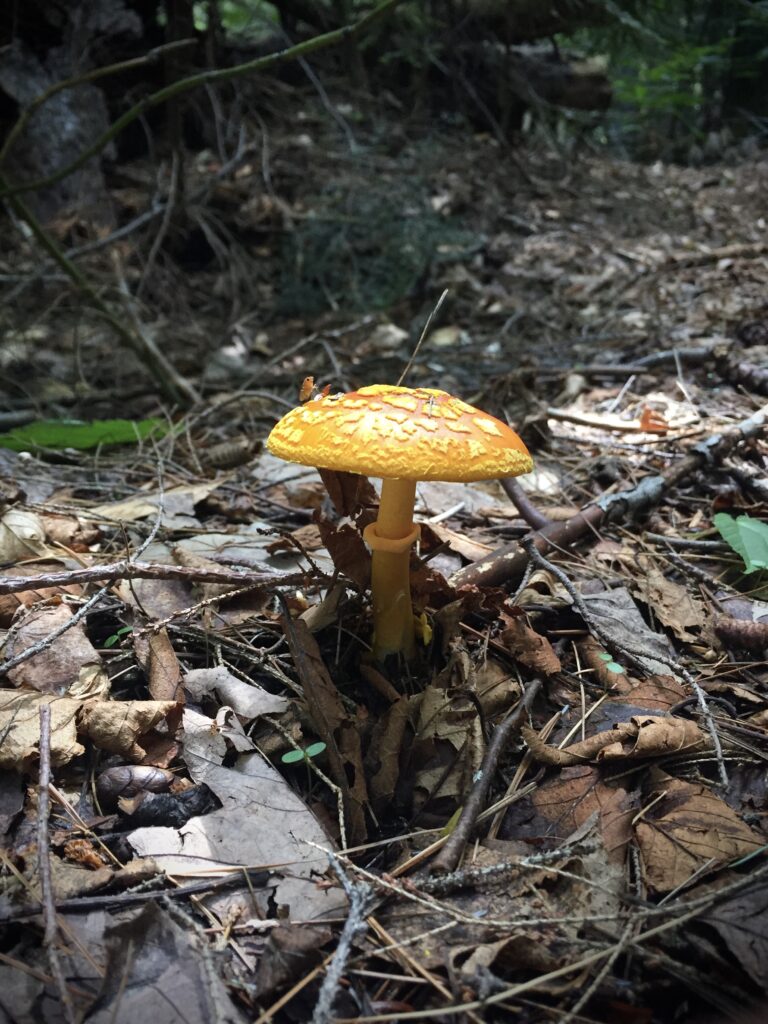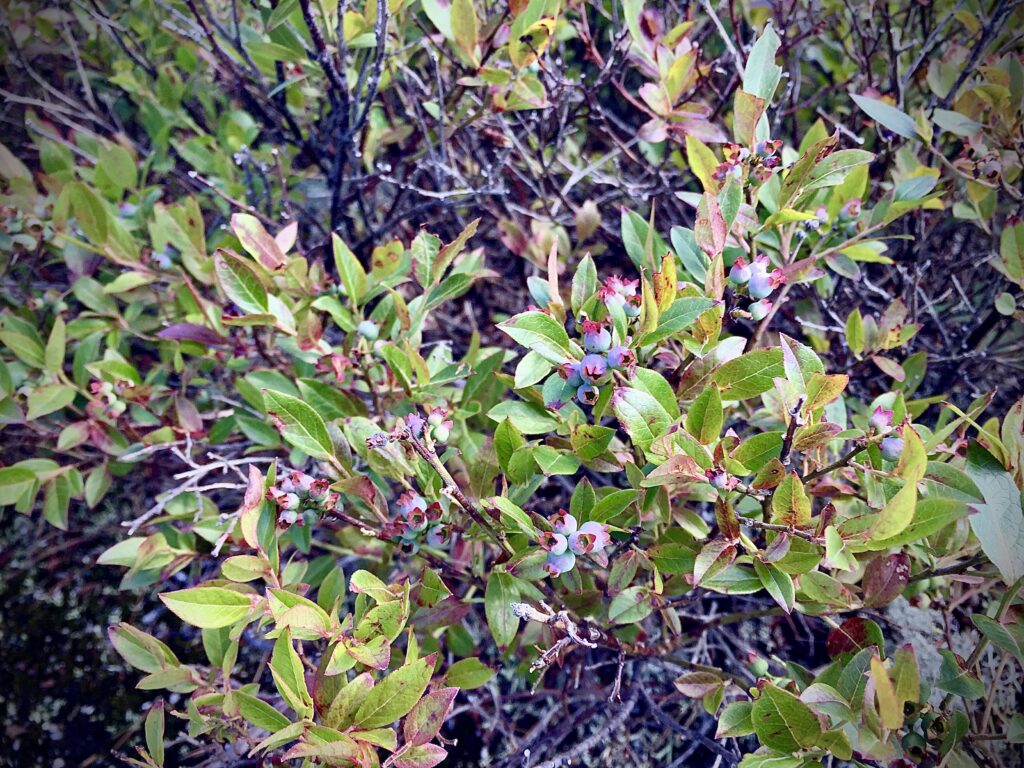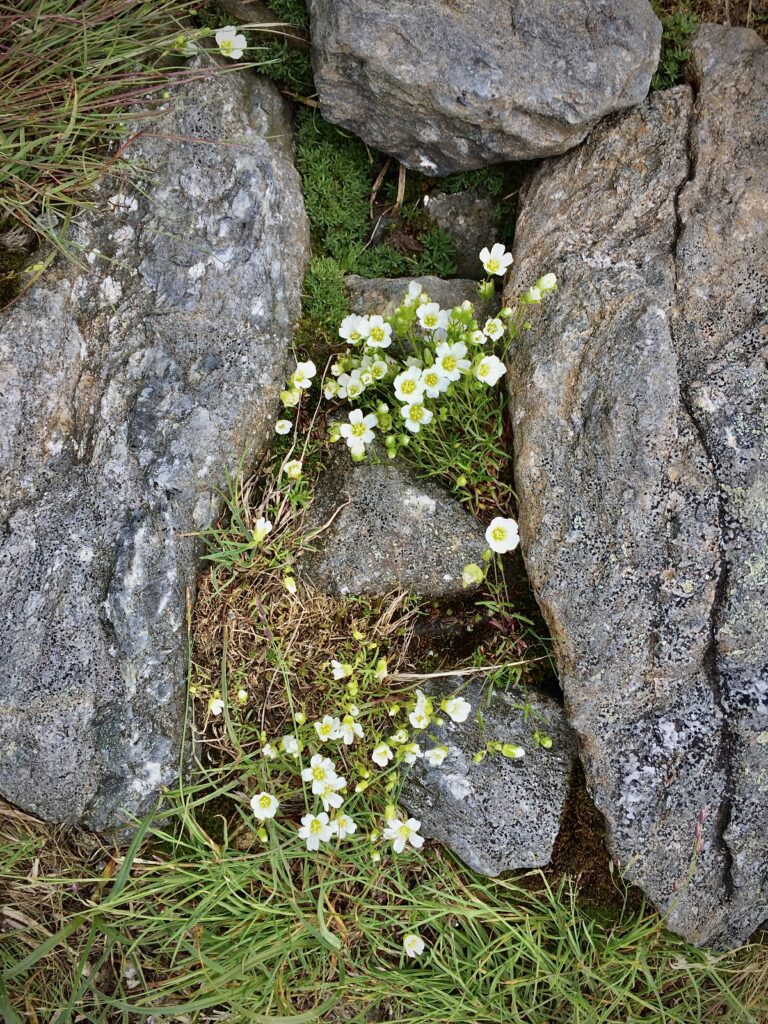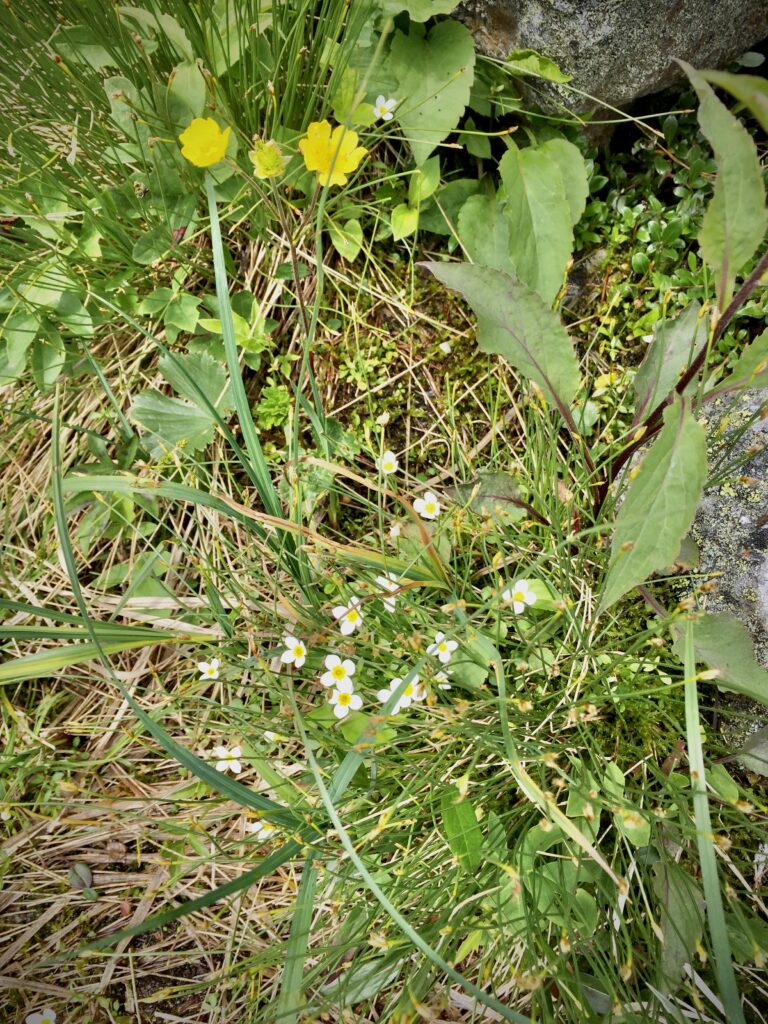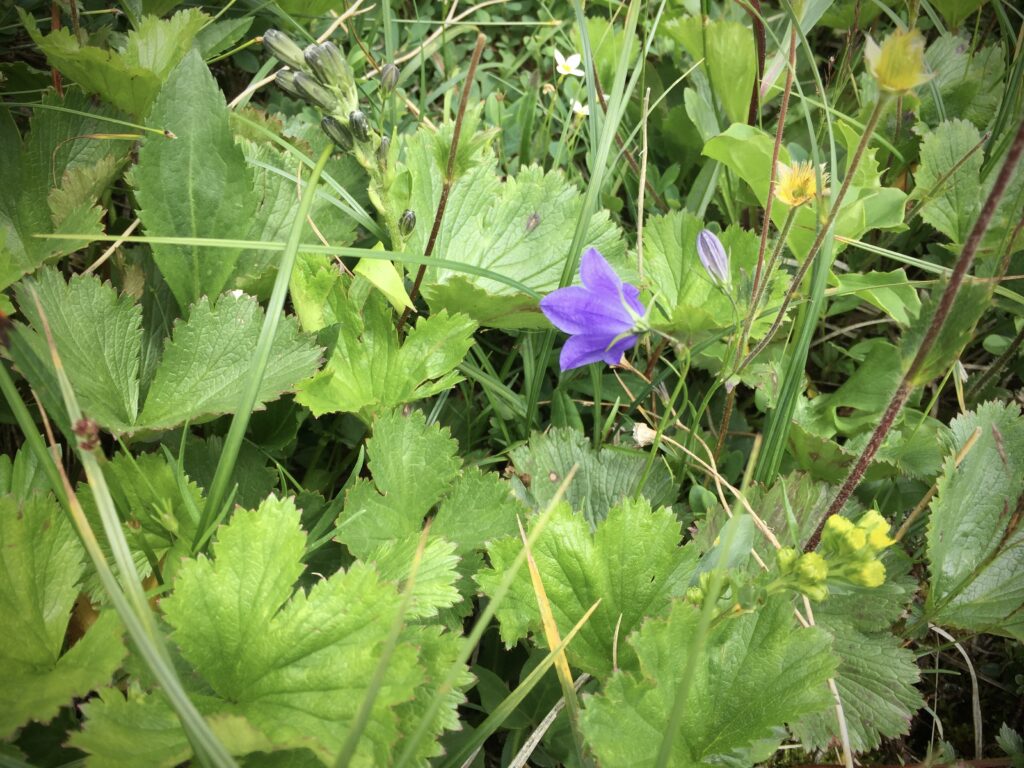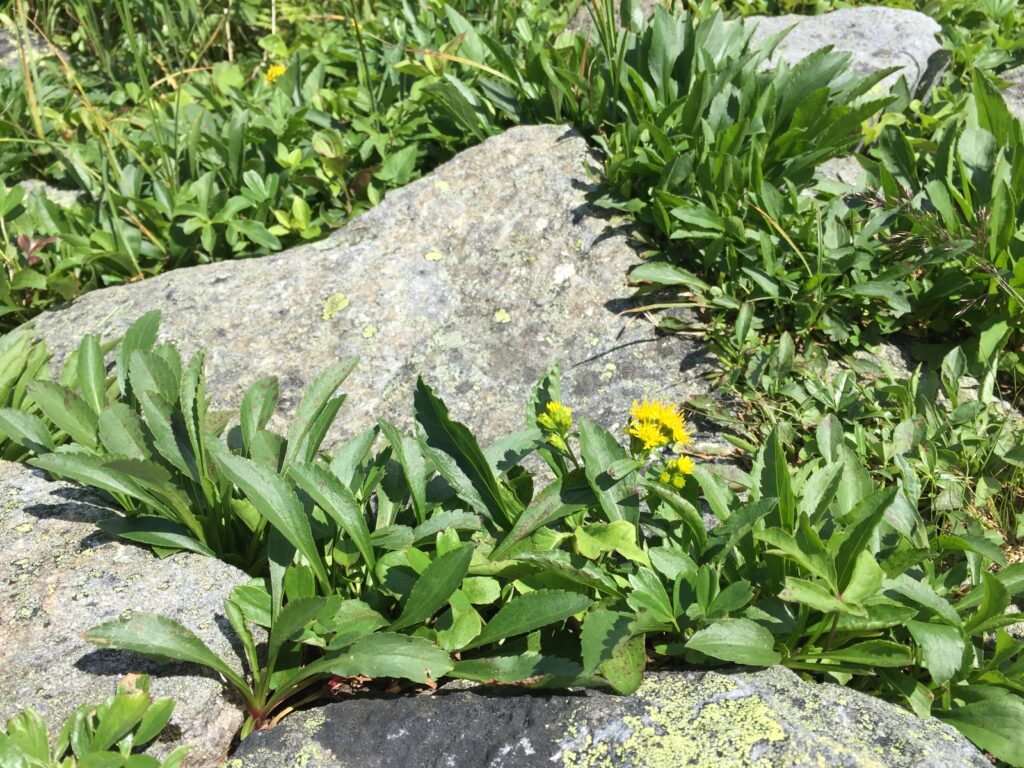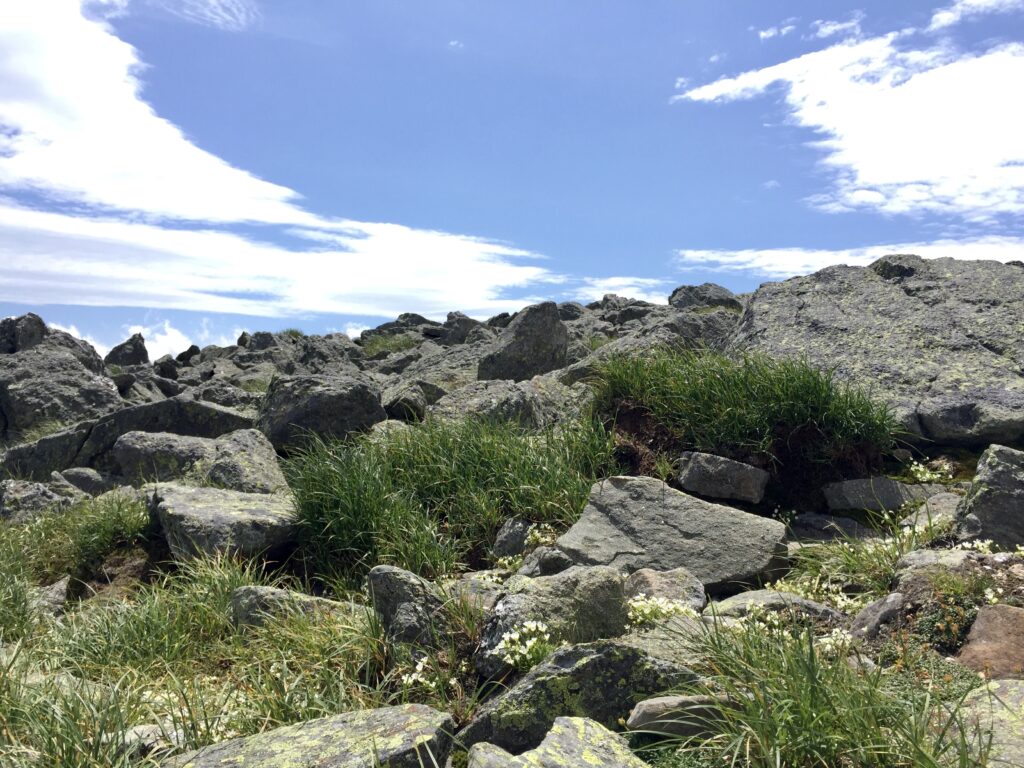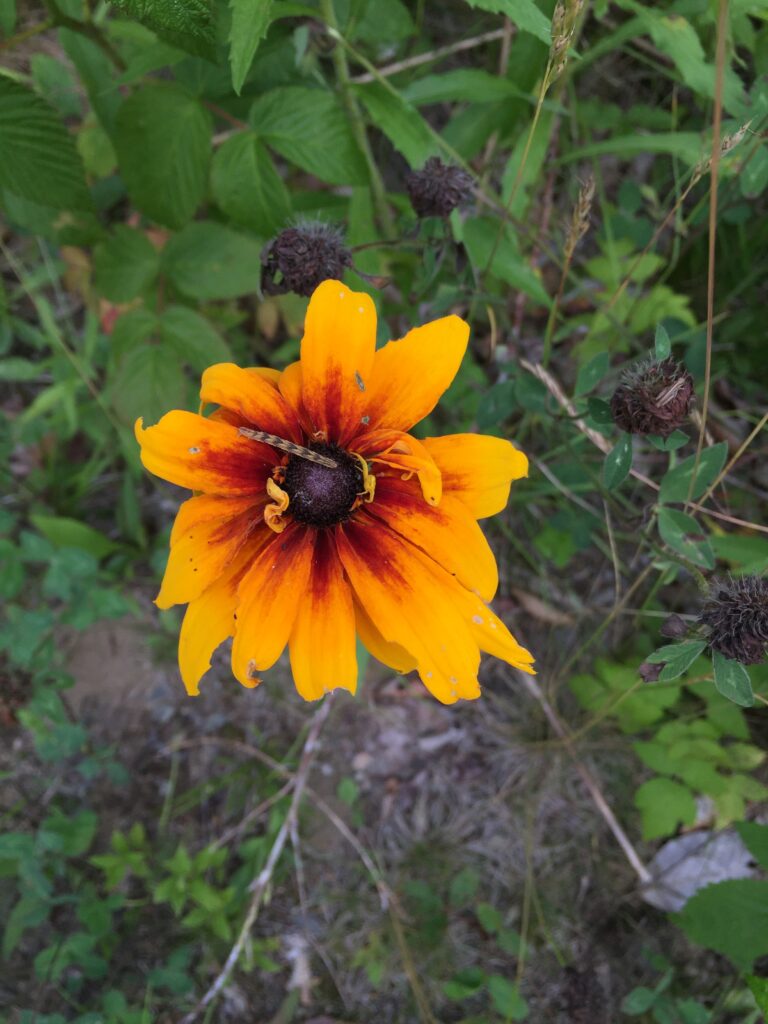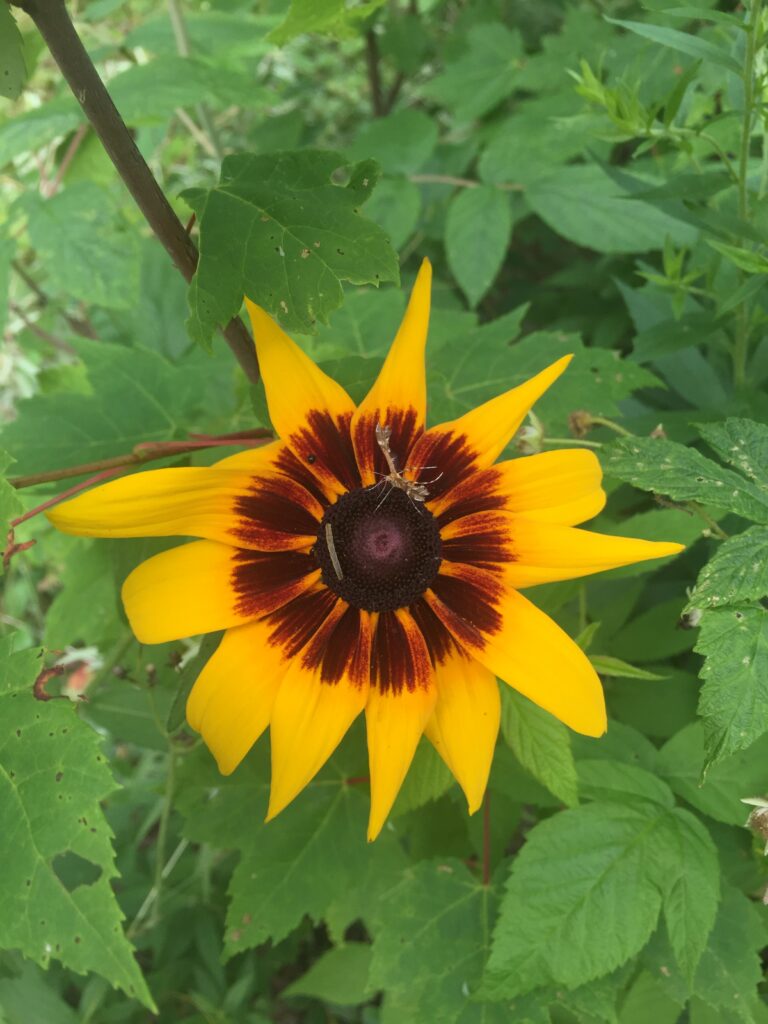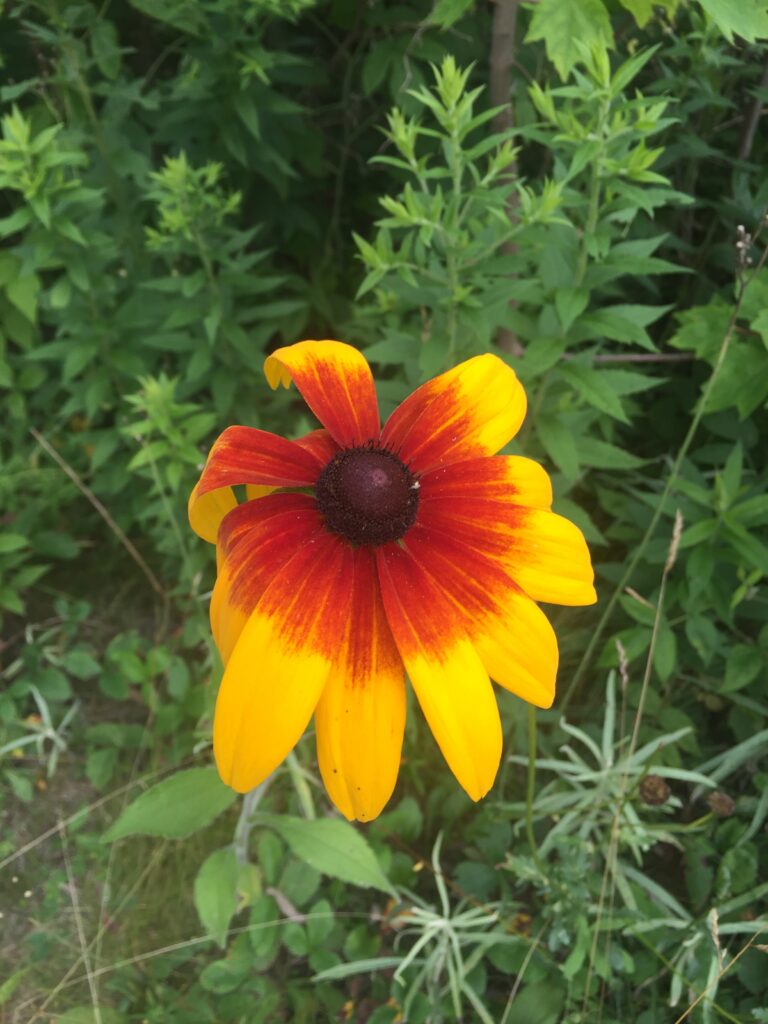Any good alpinist will tell you to expect the the air temperature to drop by about 3 degrees Fahrenheit for every 1,000 feet elevation gained, so what would make more sense on a hot July weekend than heading uphill?
I didn’t see any hedgehogs on Hedgehog Mountain, which is not surprising since there are no living species native to North America. Neither did I note any particular resemblance between the mountain and the erinaceidae, apart from a row of prickly evergreens near the summit.
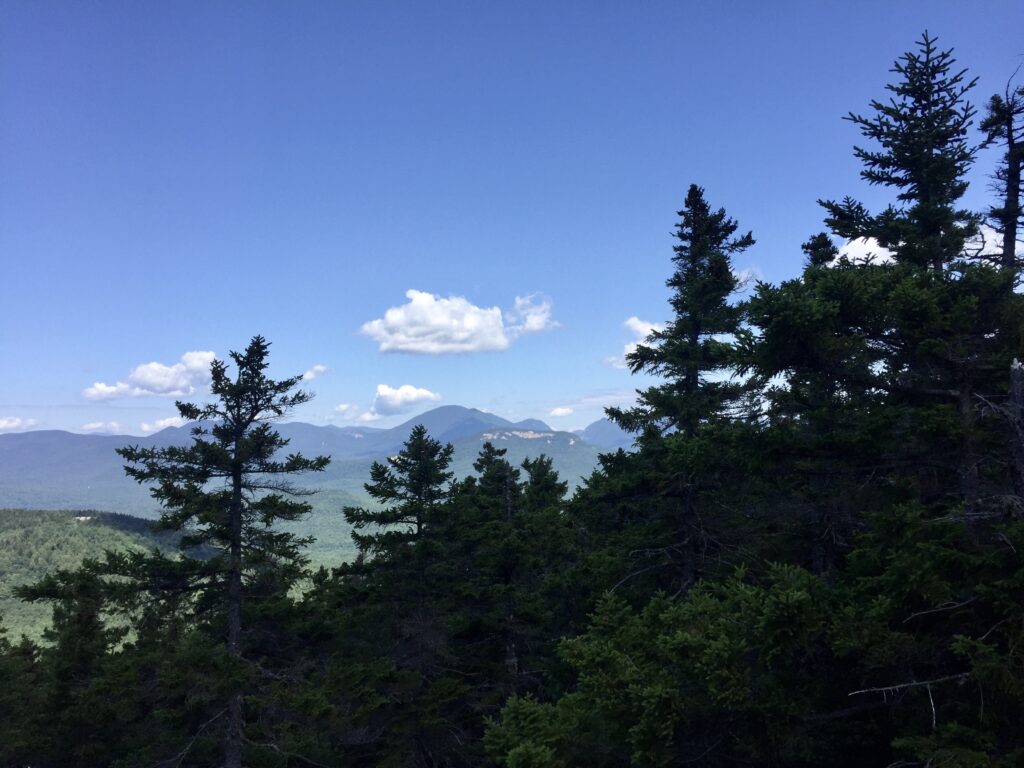
What I did see were views from the East Slabs toward Mt. Passaconaway, and cool forests with fascinating inhabitants, only one of whom I was tempted to put in my mouth.
The summit of Mt. Washington is renowned as the location of the highest recorded wind speed in North America. On a hot and muggy Sunday, it seemed like a really good idea to take the Auto Road to the top of Mt Washington and hike some of the many trails stretching between the summit and the top of the head wall.
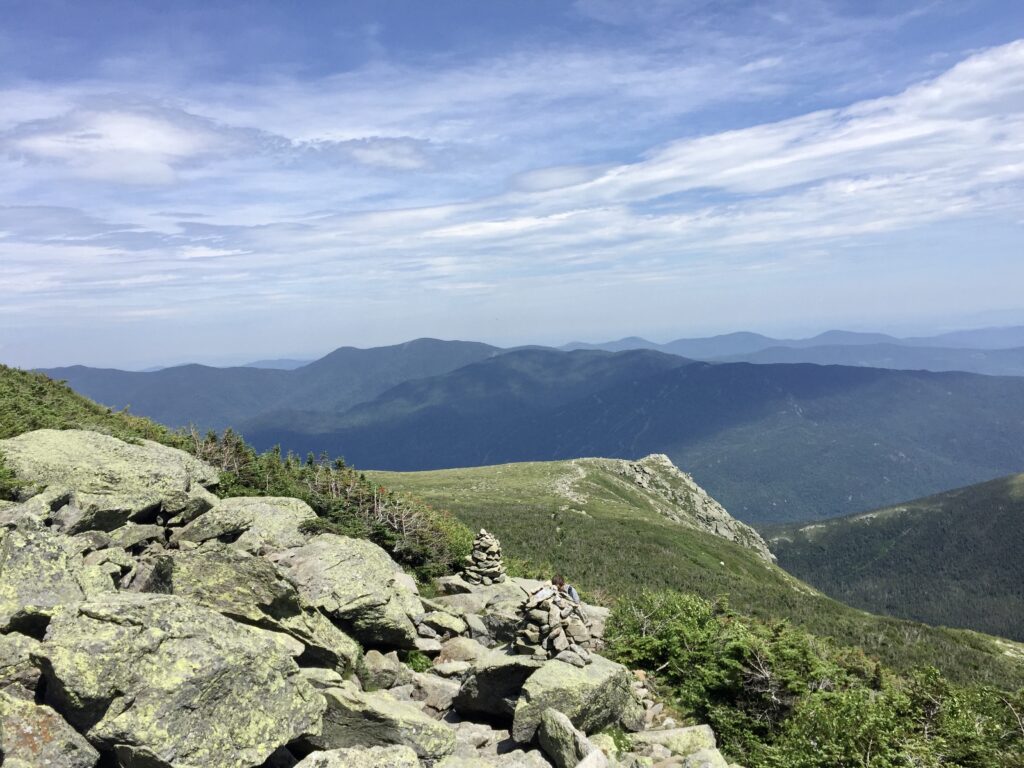

While the “worst weather in the world” failed to live up to its name, the Alpine Garden absolutely did. I just picked up a book on New England’s alpine zones, and it was a joy to identify several flowers that grow on Mt. Washington but nowhere else in the world.
Back in the valley I spotted these three variations on a Black-eyed Susan in a small forest clearing not yet refilled by saplings. These were three separate plants growing within 10 feet of each other. I’ve never seen the red coloring at the base of the petals before, and my field guide only lists the standard yellow petal with black center. I’d love to know if these are a known native variety with a lot of genetic variation, or if they’re nursery hybrids that escaped to the national forest and are quietly continuing to cross.

